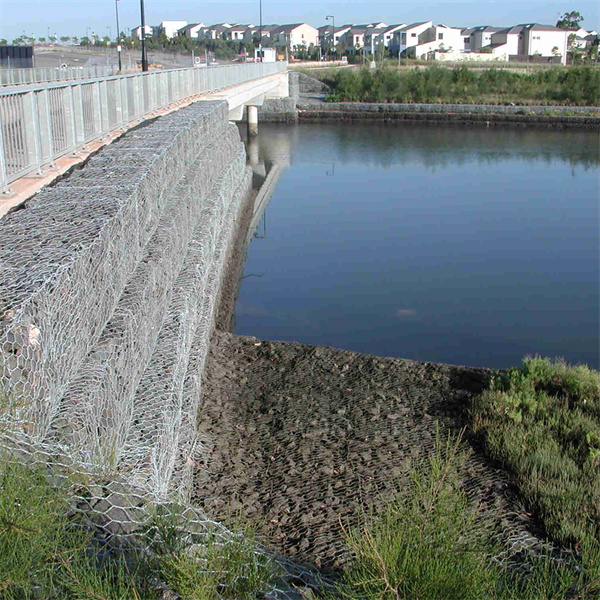jul . 26, 2024 14:38 Back to list
Effectiveness of Gabion Walls in Reducing Noise Pollution in Urban Environments and Industrial Areas
Noise Reduction with Gabion Walls A Sustainable Solution
In today's rapidly urbanizing world, noise pollution has emerged as a significant concern, particularly in densely populated areas. The need for effective noise reduction strategies is more pressing than ever, leading to innovative solutions such as gabion walls. These structures, made from wire mesh filled with rocks or other materials, offer not just aesthetic appeal but also functional benefits, including noise reduction.
Gabion walls serve as effective barriers against sound, making them an ideal choice for mitigating noise pollution from roads, railways, and industrial sites. The porous nature of the wire mesh and the density of the stones work together to absorb and deflect sound waves. Unlike solid walls, which can reflect sound, gabion walls scatter noise, reducing its intensity and impact on adjacent areas.
Noise Reduction with Gabion Walls A Sustainable Solution
The flexibility of gabion walls is another significant benefit. They can be constructed in various sizes and configurations to suit specific site requirements. Whether it’s a low wall for a small residential area or a high structure for major roadways, gabion walls can be tailored to fit any noise reduction needs. This adaptability allows for efficient installation in a range of environments, from urban landscapes to rural locations.
gabion wall noise reduction factories

Moreover, gabion walls can be aesthetically enhanced to blend seamlessly into their surroundings. By using different types of stones or incorporating vegetation into the design, these structures can become an integral part of the landscape. This capability not only improves the visual appeal of the area but also provides additional ecological benefits. Vegetation can help filter pollutants from stormwater and provide habitats for local wildlife.
The long-term durability of gabion walls is another crucial factor. When properly constructed, these walls can withstand harsh weather conditions, including heavy rain and high winds. The use of corrosion-resistant materials for the wire mesh ensures that the walls maintain their structural integrity over time, providing a lasting solution for noise reduction. Maintenance is generally minimal, making gabion walls a cost-effective option for municipalities and developers alike.
However, it is important to acknowledge that gabion walls may not be a one-size-fits-all solution. Factors such as site-specific conditions, regulatory requirements, and the type of noise being mitigated must be thoroughly assessed before implementation. Collaboration with experienced engineers and noise control experts can ensure that gabion walls are designed and installed effectively to meet the desired noise reduction goals.
In conclusion, gabion walls represent a sustainable and adaptable solution for combating noise pollution in modern environments. Their ability to absorb and deflect sound, combined with their ecological benefits and aesthetic versatility, positions them as an increasingly popular choice for noise reduction efforts. As urban areas continue to grow and develop, incorporating gabion walls into noise management strategies could pave the way for quieter, more harmonious living spaces. By embracing innovative and sustainable construction practices, we can make significant strides in enhancing the quality of life for communities around the world.
-
The Role of Galvanized Gabion Mesh in Riverbank Protection
NewsJun.26,2025
-
The Role of Gabion Basket Raised Bed in Sustainable Gardening
NewsJun.26,2025
-
Quality Assurance of Wire Mesh Gabion Baskets
NewsJun.26,2025
-
Installation Guide for Welded Gabion Box
NewsJun.26,2025
-
How to Choose the Right Gabion Box
NewsJun.26,2025
-
Different Types of Gabion Wire Mesh
NewsJun.26,2025
-
Why PVC Coated Gabion Mattress Is the Best Solution for Long-Term Erosion Control
NewsMay.23,2025






